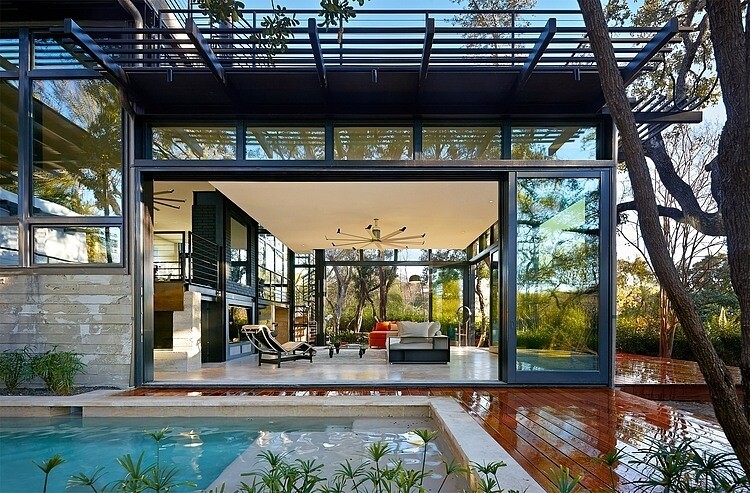Ever wondered how to create a larger window without sacrificing functionality? That’s where mulled windows come in. They combine multiple smaller windows into one seamless unit, offering a sleek and expansive look. But how exactly do they work, and why are they such a popular choice for modern homes? Let’s take a closer look.
What is a Mulled Window?
So, what exactly are mulled windows? In simple terms, mulled windows meaning are multiple window units that are joined together to form one larger window structure. The process of “mulling” involves attaching two or more windows—like casement, double-hung, or picture windows—using a special connector, often a metal or wooden mullion. This creates a continuous, unified look, giving the appearance of one big window without the hassle of a single, bulky frame. Whether it’s to accommodate a grand design or enhance the natural light in your space, mulled windows offer both style and practicality.
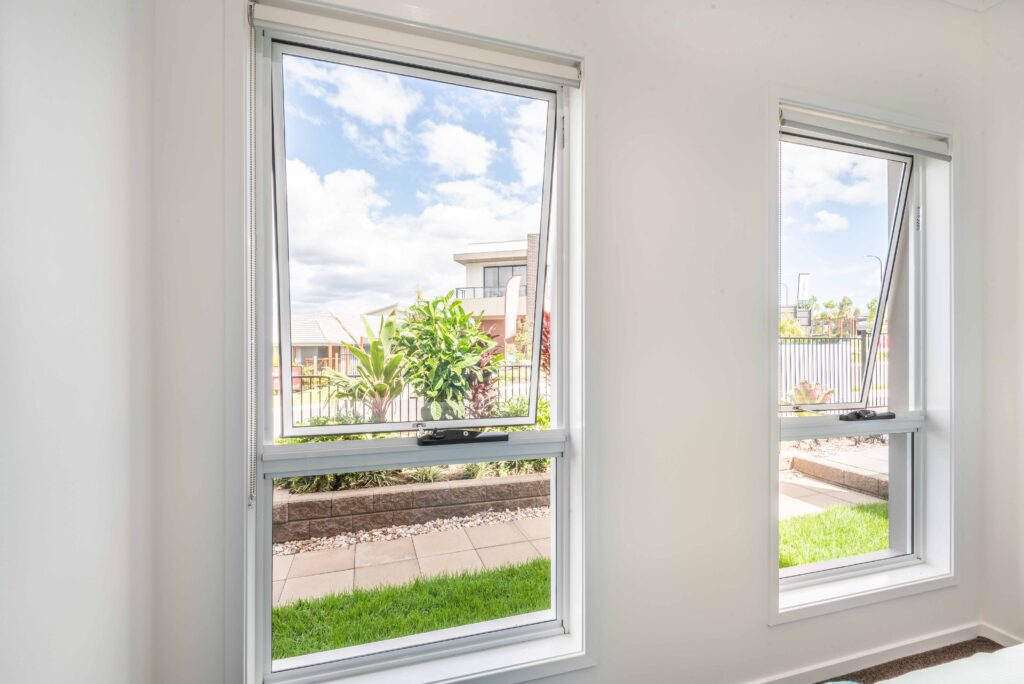
How Much Does Mulled Window Cost?
The cost of mulled windows can vary depending on several factors, such as the materials used, the size of the window, the complexity of the installation, and whether the windows are factory-mulled or field-mulled.
Generally, mulled windows tend to be more expensive than single-window installations due to the custom work involved in joining multiple units together. On average, you might expect to pay between $500 to $2,500 per unit, depending on the type of window (casement, double-hung, etc.), the materials (wood, vinyl, aluminum), and the level of customization.
If you’re opting for premium materials like wood-clad windows or custom-sized mulled units, the price can go even higher. Installation costs can add another $200 to $500 or more, depending on the complexity of the job.
It’s always best to get quotes from a few window suppliers to compare prices based on your specific needs and preferences.
 More Concerns
More Concerns
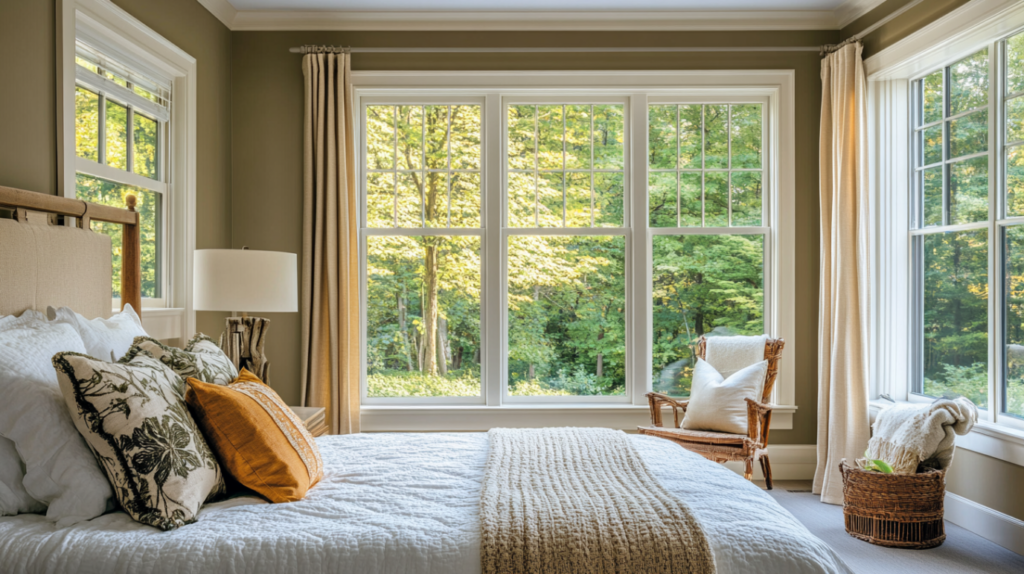
What Are the Advantages of a Mulled Windows?
So, what benefits do mulled windows have? Well, there are quite a few perks:
Maximized Natural Light
By combining multiple windows into one large unit, mulled windows allow more sunlight to enter your space, creating a brighter and more welcoming environment.
Expanded Views
Mulled windows are perfect for creating expansive views of the outdoors. Whether it’s a garden, a cityscape, or a stunning landscape, they give you a larger, uninterrupted view.
Enhanced Aesthetics
The sleek and modern look of mulled windows can elevate the design of any home. They provide a seamless, cohesive appearance, which is especially beneficial in contemporary or open-concept spaces.
Improved Energy Efficiency
Depending on the materials and the quality of the windows used, mulled windows can provide excellent insulation. This helps in maintaining the temperature inside, reducing the need for heating or cooling.
Customizable
You can choose from a variety of window styles (casement, picture, or double-hung) and materials (wood, vinyl, aluminum) to suit your needs and design preferences.
Structural Strength
Mulled windows can offer greater stability and strength, especially in larger openings. The structural integrity provided by the mullion (the connecting frame) ensures the windows are secure and durable.
What Are the Types of Mulled Windows?
Mulled windows come in various window types combinations, each offering a different style and functionality to suit your specific needs. Here’s a breakdown of the most common types:
Casement and Fixed Window Mull
This combination is a popular choice. Casement windows, which open outward with a handle, are often mulled with a fixed window (one that doesn’t open) to create a larger window unit. This pairing offers a clean, expansive look while maintaining functionality with the casement window.

Double-Hung and Picture Window Mull
A classic option, where two double-hung windows (the ones that open from the top or bottom) are combined with a large, fixed picture window in the center. This design allows for excellent ventilation from the mulled double-hung windows while the picture window offers an uninterrupted view.
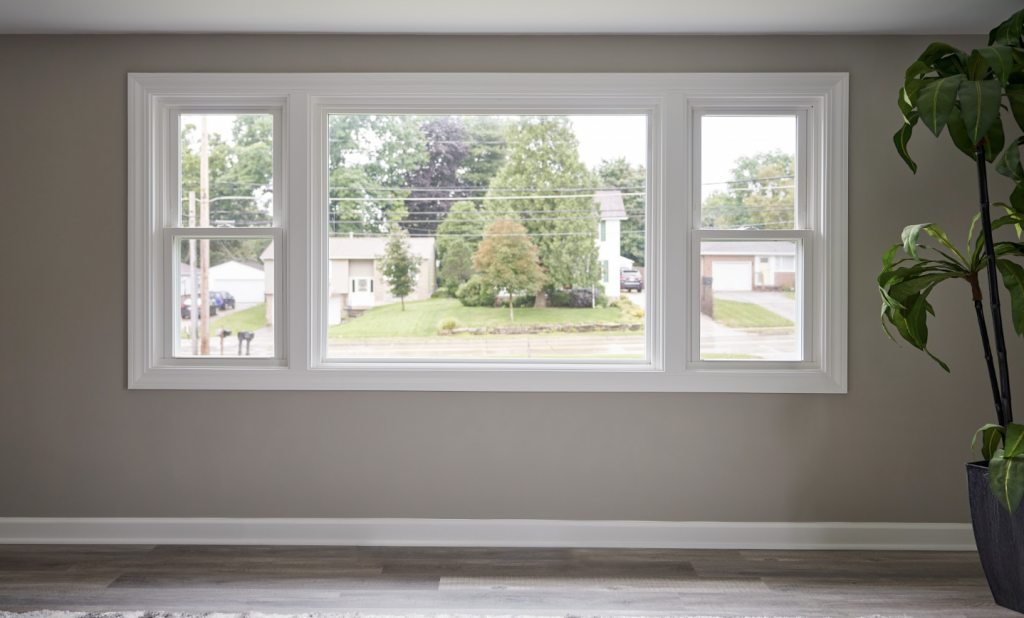
Sliding and Fixed Window Mull
Sliding windows, which move horizontally, can be mulled with fixed windows to offer a balanced design of dynamic and static elements. An ultra-thim aluminum-framed fixed glass wall conceals a recessed sliding panel within its profile. The anodized aluminum track system enables silent one-handed operation while maintaining flush sightlines – ideal for modern offices and minimalist residences.
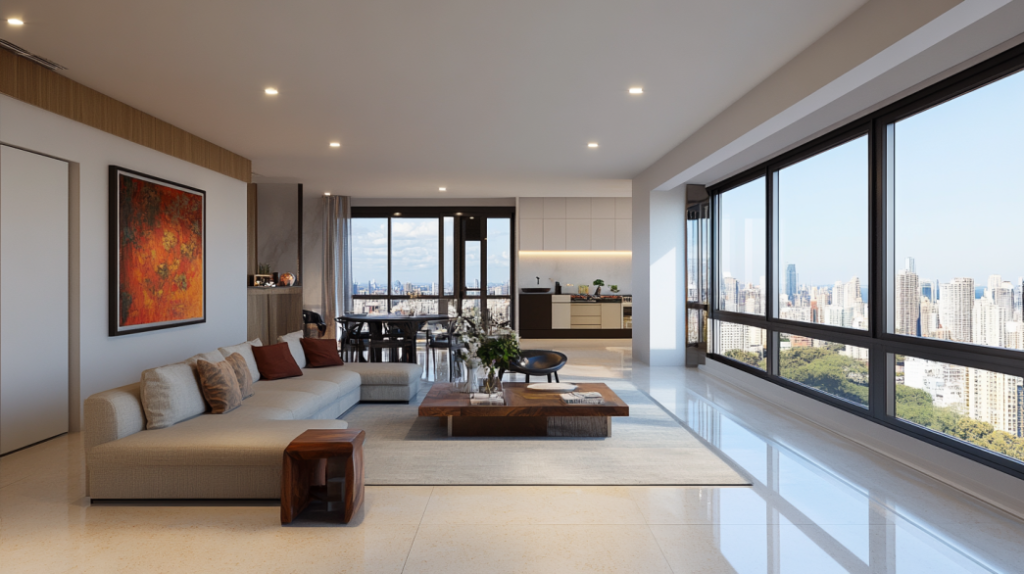
Bay or Bow Window Mull
A bay window is a protruding window that consists of three or more windows, while a bow window is more curved. These types of windows are often mulled together to create a larger, more dramatic window structure, extending beyond the exterior wall to create a cozy nook inside.
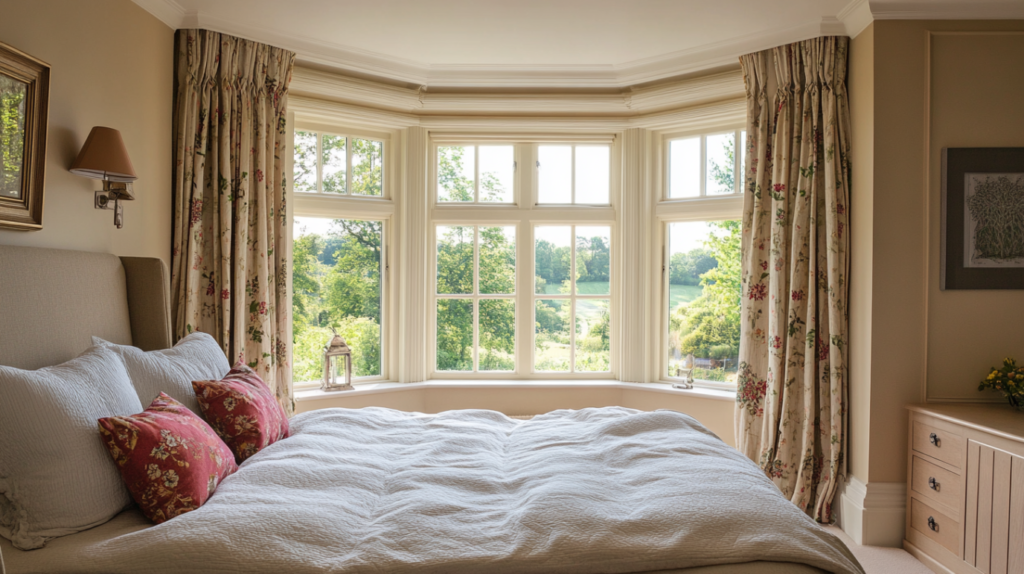
Fixed Window and Tilt & Turn Window Mull
Many homeowners prefer aluminum fixed windows paired with tilt-and-turn windows. The dual-action mechanism (15° safety tilt or 90° full opening) provides both weatherproofing and ease of maintenance, making it suitable for high-rise buildings.
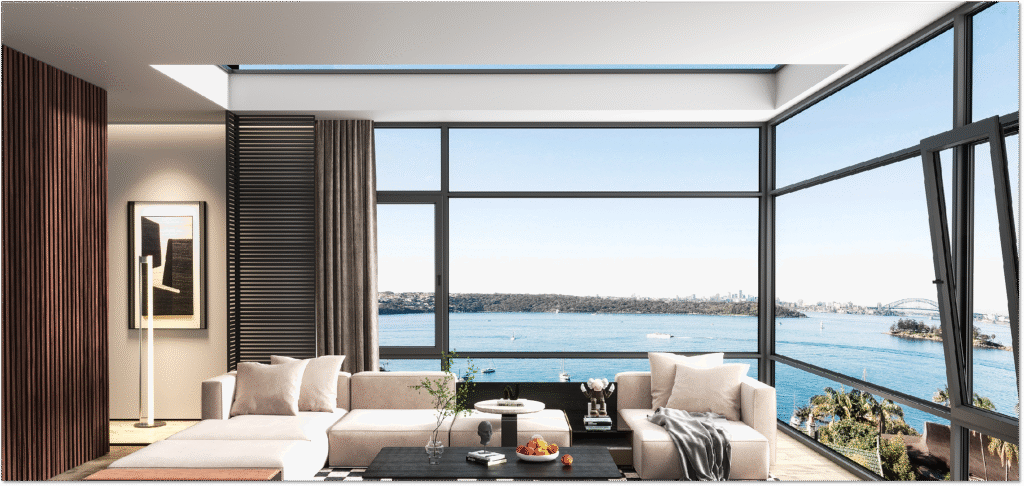
Factory Mulling vs. Field Mulling
When choosing between factory mulling and field mulling, here’s what to consider:
Factory Mulling
This process involves assembling multiple window units in the factory, ensuring precision and quality control before they are delivered. Factory mulling is best suited for large commercial projects where consistency and efficiency are critical. However, it can be less adaptable to custom designs or on-site adjustments.
Field Mulling
Field mulling happens during installation, offering more flexibility for customization on-site. This approach can be more cost-effective, particularly for residential projects, but requires additional time and skilled labor to ensure proper alignment and installation.
How to Install Mulled Windows?
Installing mulled window unit involves several key steps to ensure a secure and efficient setup. Start by preparing the window opening, ensuring it is level, square, and properly sized for the mulled window unit. If you’re field-mulling, arrange the individual window units (like casement or picture windows) and attach them using mull pins or connectors. Be sure to seal the joints with weatherproof sealant to avoid gaps.
Once the mulled unit is assembled, carefully place it into the opening and check for alignment with a level. Secure the window with screws, ensuring it’s tightly fixed in place. Apply sealant around the edges, use flashing if needed for extra weatherproofing, and finish with trim and caulking for a clean look. Finally, test the window for functionality and ensure there are no leaks or gaps. Proper installation will ensure your mulled windows are both visually appealing and energy-efficient.

Are Mulled Windows Worth It?
ChatGPT 说:
Mulled windows can offer significant value, particularly for those looking to elevate the style, energy efficiency, and overall feel of a space. They’re especially ideal for larger homes or commercial properties where bringing in more natural light and boosting curb appeal are key priorities. That said, it’s important to consider the higher upfront costs and the complexity of installation to ensure it aligns with your budget and long-term plans.
Where to Buy Mulled Windows?
If you’re looking to buy mulled windows, there are several options available, from local window suppliers to online retailers. You can find them at home improvement stores or directly from manufacturers who offer custom window solutions.
If you’re looking to buy mulled windows, there are several options available, from local window suppliers to online retailers. You can find them at home improvement stores or directly from manufacturers who offer custom window solutions.
For top-quality mulled windows tailored to your specific needs, PA Home is a great choice. With extensive experience in custom window solutions and a strong reputation for quality, PA Home can provide you with mulled windows that fit your project perfectly. Whether you’re updating your home or working on a large-scale project, PA Home offers the expertise and products to make your vision a reality.
Contact us today to get a big discount for buying mulled windows!
FAQs about Mulled Windows
A mulled window refers to multiple individual windows that are joined together to form one larger, continuous window unit. The connection is made using mullions, which provide structural support and create a seamless design.
You can tell if windows are mulled by looking for a visible mullion or spacer between two or more window units. Mulled windows are usually joined with a frame or connector that creates a continuous, larger unit.
The choice between mulled and non-mulled windows depends on your needs. Mulled windows are ideal for larger spaces and expansive views, offering better aesthetics and energy efficiency. Non-mulled windows are simpler and may be more cost-effective for smaller projects where a seamless look isn’t required.
The main disadvantages of mulled windows include higher upfront costs, more complex installation, and the possibility of issues with air or water leakage if not properly sealed. They may also require stronger structural support due to their larger size.
Double mulled windows are two sets of mulled windows joined together, creating an even larger window unit. This configuration can be used for expansive views or to fit wide openings in both residential and commercial projects.
Yes, mulled windows can be energy-efficient, especially when combined with insulated glass and proper sealing. They help to reduce heat loss and improve your home’s insulation, making them a great option for energy savings.


